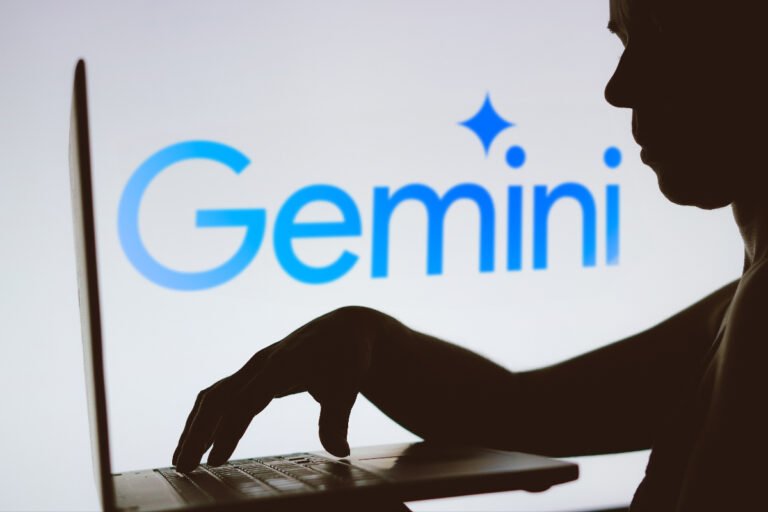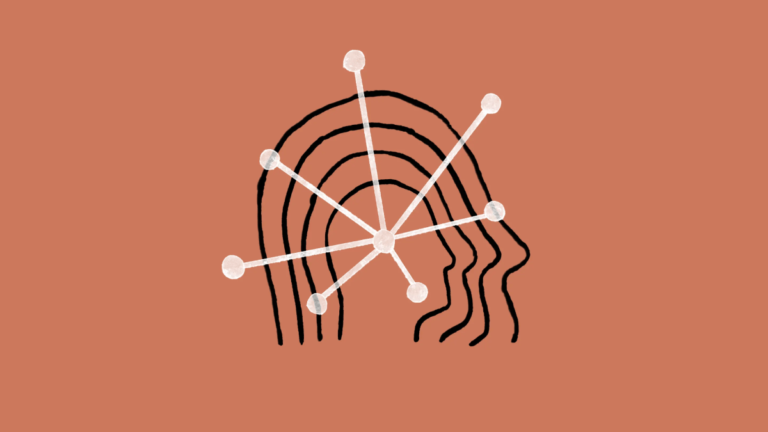
Siri got a makeover at Apple’s WWDC 2024 in Cupertino, courtesy of the tech giant’s overarching generative AI push this year.
Siri is now more natural, more relevant and more personal — and it has new look, including a revamped icon.
Siri will also have the ability to take action in and across apps, so you can ask Siri to “make this photo pop” and then “add this photo” to another app.
That’s thanks to the new App Intents API, which allows devs to let Siri take actions in their apps, and the upgraded Siri’s awareness of personal context including messages, calendar events, files and photos.
Apple gave the example of Siri finding a photo of your license, extracting your ID number and entering it into a web form for you.

Gemini 1.5 Pro, Google’s most capable generative AI model, is now available in public preview on Vertex AI, Google’s enterprise-focused AI development platform.
Gemini 1.5 Pro launched in February, joining Google’s Gemini family of generative AI models.
Gemini 1.5 was incredibly able to find the specific perfect 50 dunk and details from just its long context video understanding!
Gemini 1.5 Pro doesn’t process a million tokens at the snap of a finger.
Google previously said that latency is an area of focus, though, and that it’s working to “optimize” Gemini 1.5 Pro as time goes on.

The vulnerability is a new one, resulting from the increased “context window” of the latest generation of LLMs.
But in an unexpected extension of this “in-context learning,” as it’s called, the models also get “better” at replying to inappropriate questions.
So if you ask it to build a bomb right away, it will refuse.
But if you ask it to answer 99 other questions of lesser harmfulness and then ask it to build a bomb… it’s a lot more likely to comply.
If the user wants trivia, it seems to gradually activate more latent trivia power as you ask dozens of questions.

X.ai, Elon Musk’s AI startup, has revealed its latest generative AI model, Grok-1.5.
Grok-1.5 benefits from “improved reasoning,” according to X.ai, particularly where it concerns coding and math-related tasks.
One improvement that should lead to observable gains is the amount of context Grok-1.5 can take in compared to Grok-1.
Context, or context window, refers to input data (in this case, text) that a model considers before generating output (more text).
The announcement of Grok-1.5 comes after X.ai open sourced Grok-1, albeit without the code necessary to fine-tune or further train it.

Increasingly, the AI industry is moving toward generative AI models with longer contexts.
Ori Goshen, the CEO of AI startup AI21 Labs, asserts that this doesn’t have to be the case — and his company is releasing a generative model to prove it.
Contexts, or context windows, refer to input data (e.g.
Trained on a mix of public and proprietary data, Jamba can write text in English, French, Spanish and Portuguese.
Loads of freely available, downloadable generative AI models exist, from Databricks’ recently released DBRX to the aforementioned Llama 2.

All show “increased capabilities” in analysis and forecasting, Anthropic claims, as well as enhanced performance on specific benchmarks versus models like GPT-4 (but not GPT-4 Turbo) and Google’s Gemini 1.0 Ultra (but not Gemini 1.5 Pro).
A model’s context, or context window, refers to input data (e.g.
In a technical whitepaper, Anthropic admits that Claude 3 isn’t immune from the issues plaguing other GenAI models, namely bias and hallucinations (i.e.
Unlike some GenAI models, Claude 3 can’t search the web; the models can only answer questions using data from before August 2023.
Here’s the pricing breakdown:Opus: $15 per million input tokens, $75 per million output tokensSonnet: $3 per million input tokens, $15 per million output tokensHaiku: $0.25 per million input tokens, $1.25 per million output tokensSo that’s Claude 3.

If accurate, this latest injection of capital would value Moonshot AI at $2.5 billion – the largest single funding round for Chinese LLM developers on public record.
Co-leading the round are e-commerce giant Alibaba and HongShan – the VC firm formerly known as Sequoia China, according to South China Morning Post.
Other in the round included Chinese “super app” Meituan and Xiaohongshu (sometimes called China’s answer to Instagram), according to Chinese tech blog LatePost.
Pink Floyd Fan turned AI trailblazerYang Zhilin had a long list of achievements to his credit even before starting Moonshot.
The total amount raised by China’s AI firms amounted to roughly $2 billion, 70% less than the year before.










